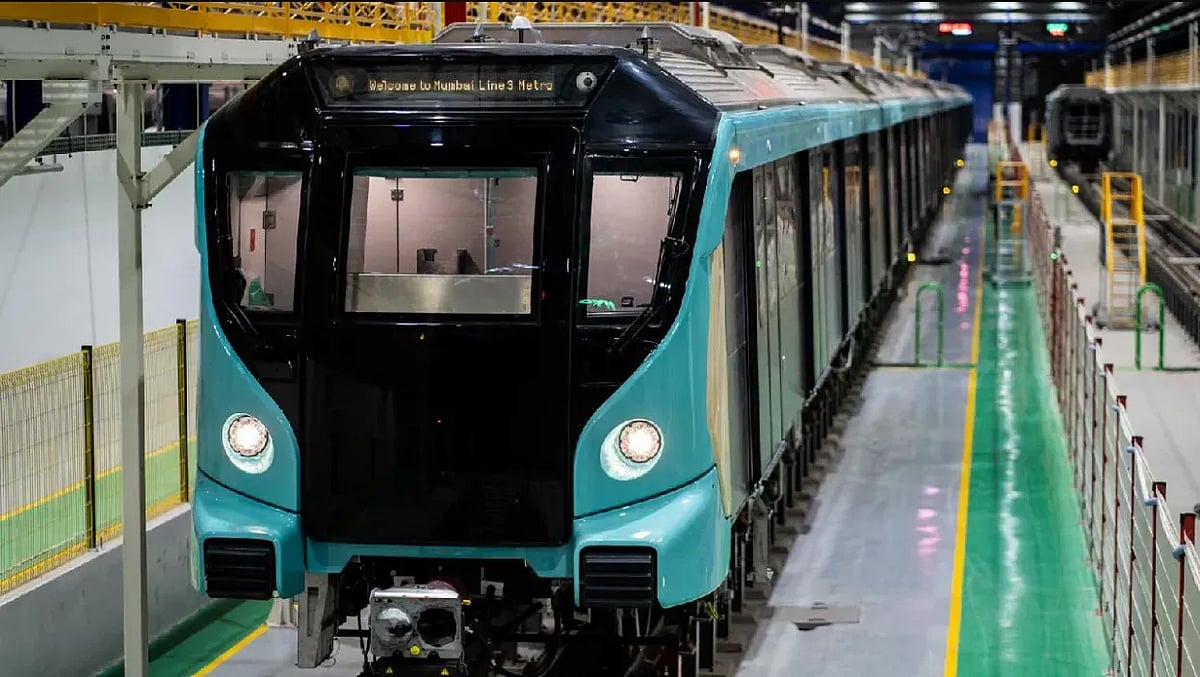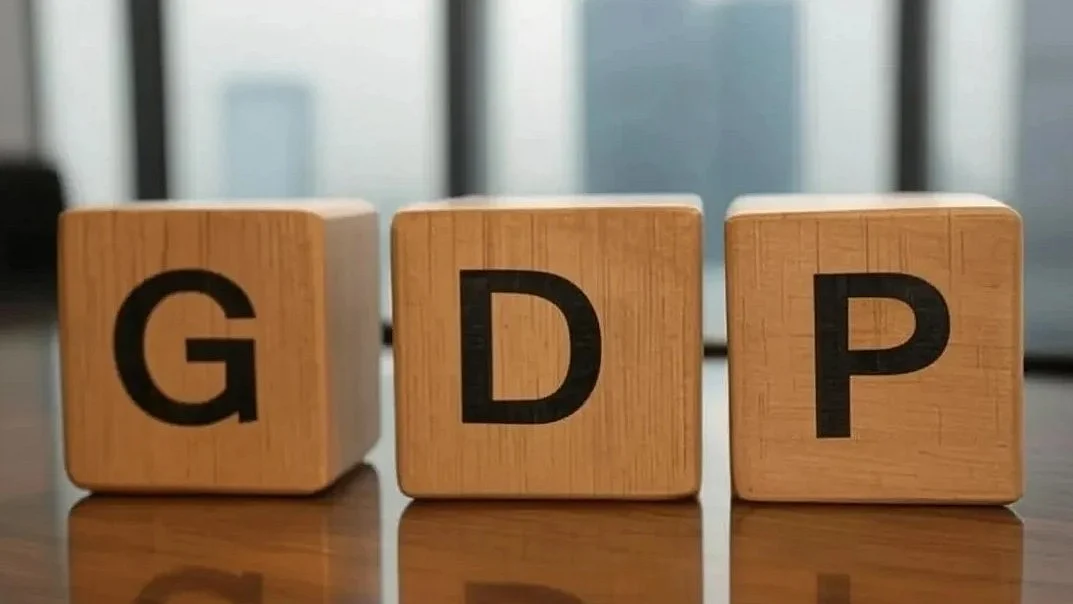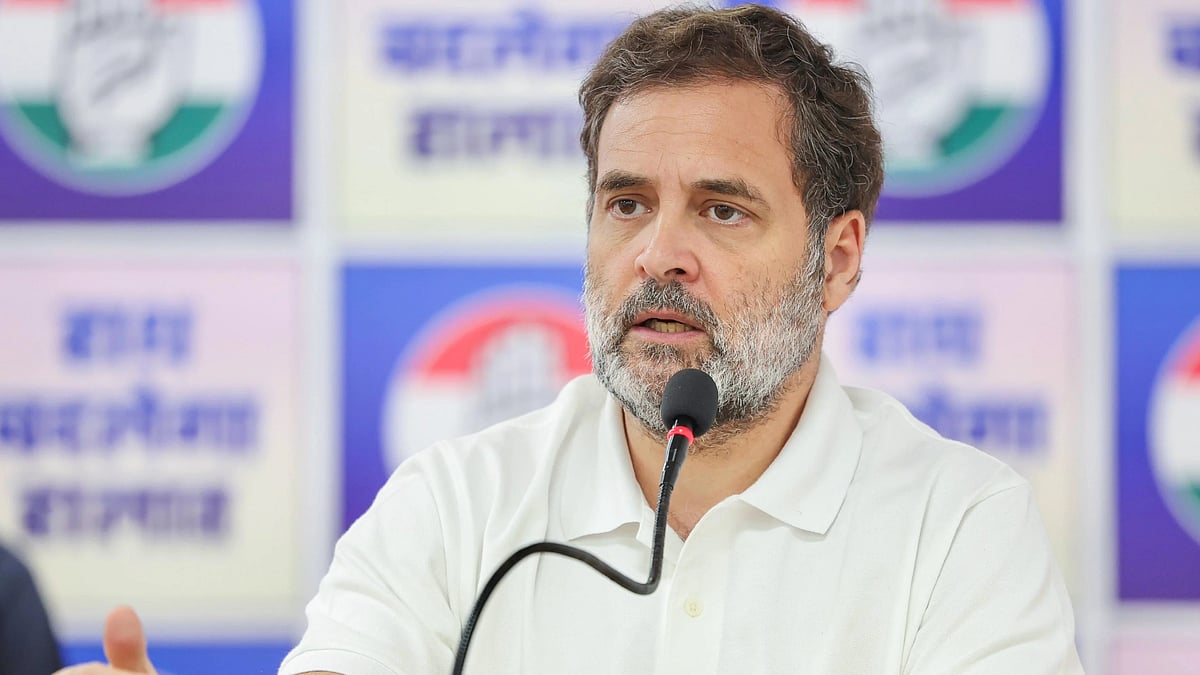Despite facing multiple climate change-induced disasters and tragedies, climate ignorance is as widespread among the youth as it is among the older generation. Average 11-to-19-year-olds are not only ignorant of causes, impacts and solutions to climate change but are also getting infected with the cynicism, apathy and defeatist attitude of their elders.
According to UNESCO, around half of the 100 countries the organisation reviewed had no mention of climate change in their national curriculum. While 95% of 58,000 primary and secondary teachers in 2021 felt that teaching climate change is important, just 32% felt they can explain climate change in their local context. Among 17,000 11-to-19-year-olds surveyed globally, 70% say that they cannot explain climate change, can only explain its broad principles, or do not know anything about it.
Action for Climate Empowerment (ACE) is a term adopted by the UN Framework Convention on Climate Change (UNFCCC) to denote work under Article 6 of the Convention and Article 12 of the Paris Agreement. The over-arching goal of ACE is to empower all members of society to engage in climate action, through the six ACE elements - climate change education and public awareness, training, public participation, public access to information, and international cooperation on these issues.
Implementation of all six ACE elements is crucial to the global response to climate change. Everyone, including and perhaps especially the young, must understand and participate in the transition to a low-emission, climate-resilient world.
India is one of the few countries where environmental education is compulsory in formal education. However, like moral science, it remains at the bottom of priority subjects, therefore mostly ignored. No wonder, 65% of the Indian population remains unaware of climate change as a problem, according to Yale University. Of the remaining 35% — mostly educated people — 80% see it as a serious threat.
A recent survey by educational company Brainly found that 79% of Indian students feel it's important to study climate change and environmental conservation. This is good news; it shows the intent of young people from both urban and non-urban backgrounds to look for solutions to the climate crisis, and should be acted upon. India currently has no curriculum on climate change, but some aspects such as sustainability are taught under environmental studies.
At COP 27, UNESCO, the U.N.’s educational, scientific and cultural arm, unveiled the Greening Education Partnership. The organisation is asking countries to set goals by 2030 and to monitor progress in four target areas including making schools’ physical infrastructure more sustainable; updating curricula; building capacity by getting teachers and school leaders up to speed; and finally bringing climate education into the community, to ensure that working adult and lifelong learners also get the information they need to be resilient to climate effects and ready for emerging climate jobs.
When 15-year-old Greta Thunberg started a school strike in Sweden in 2018 to draw attention to the climate crisis, she kicked off a youth-led movement that quickly gathered steam. For the first time, children and teenagers — pouring out onto the streets on every continent — demanded climate action, and many are pushing for schools to add climate change to their curriculum.
Many teachers lament that climate change is not an easy subject and that they do not know where to start — causes, impacts, mitigation, adaptation or disaster risk reduction. Others complain about the negative impact it has on the students — some are frightened as they learn more, and others simply give up and want to stop studying altogether.
As with all subjects, classroom study is more effective when we are clear on the critical role that teachers play, and empower them with the right teaching tools and materials. One way could be to take an approach that makes climate change education — like science, for instance — a far more exciting and collaborative experience for young people. Given the pessimistic nature of the subject, it is important that the teachers explore innovative and collaborative teaching methods that create the right kind of impulses and empathy that will sensitise the students to the real dangers of climate change and the role they can play in averting a climate crisis.
The truth is that none of India’s ambitious climate and sustainable development goal (SDG) targets will be attainable without making investments in providing high-quality education opportunities for learning all throughout the life span. Climate education can also be a force that creates its own positive momentum as our youth spin out new ideas and innovations to avert the multiple crises they are faced with.
Shailendra Yashwant is an independent environmental photojournalist and climate communications consultant









